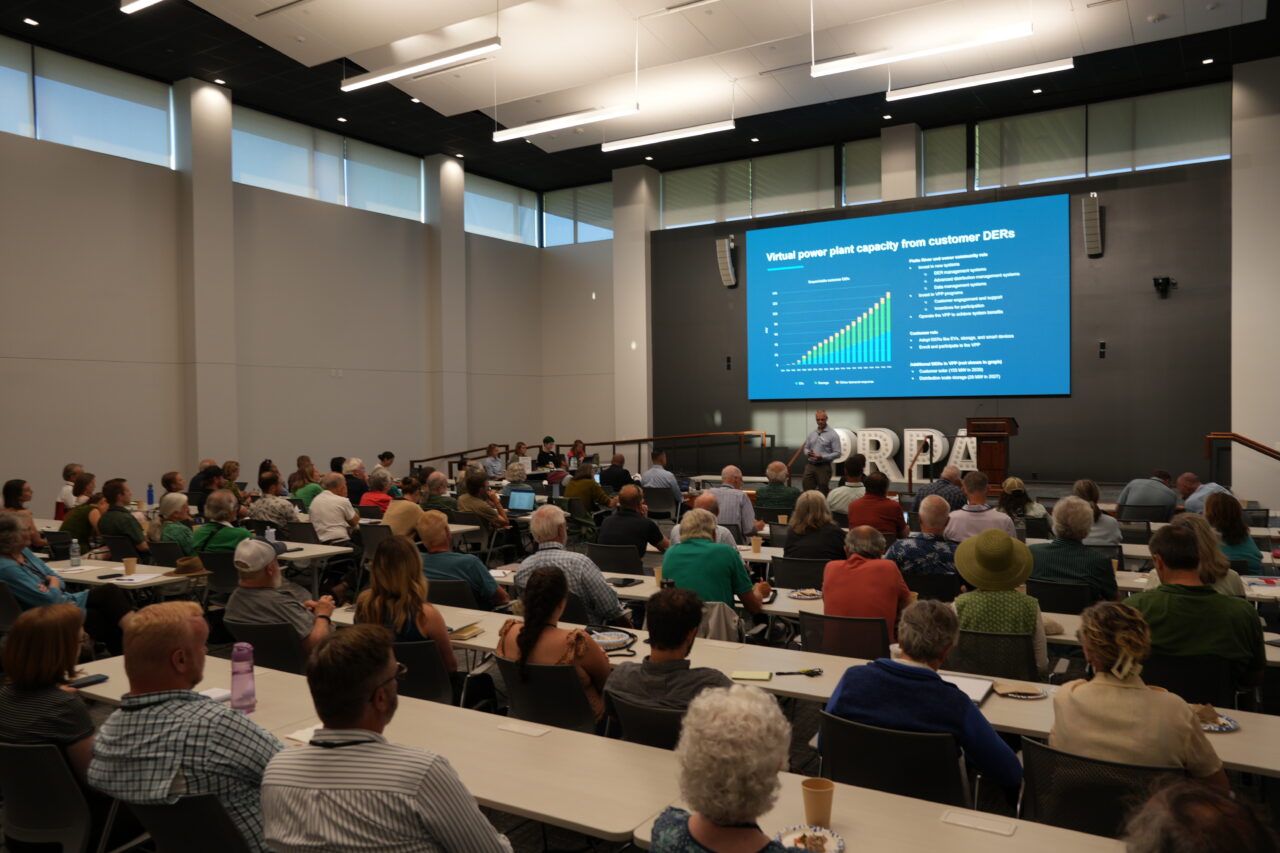2024 Integrated Resource Plan illustrates the utility’s next steps to decarbonize their energy portfolio
On Wednesday, July 17, Platte River Power Authority (Platte River) presented the results from two years of technical studies and reports, energy mix modeling and public engagements and presentations showcasing the utility’s path to a noncarbon future.
As a customer of the Western Area Power Administration, Platte River must file an integrated resource plan every five years to maintain long-term hydropower contracts with the federal government. The public power utility has accelerated its formal planning process to support the organization’s ongoing efforts to decarbonize its energy portfolio.
Platte River’s last official integrated resource plan was filed in 2020, and a refresh was conducted in 2022 to evaluate impacts from the pandemic. The integrated resource plan serves as a baseline for future energy planning and resource acquisition to continue progress toward the board-approved Resource Diversification Policy goal.
About 150 community members from Platte River’s owner communities of Estes Park, Fort Collins, Longmont and Loveland attended a comprehensive presentation on July 17 to hear the results of the last two years of resource planning efforts and numerous studies leading to its proposed optimal energy portfolio.
“We embrace the challenge and opportunity to make the clean energy transition responsibly while maintaining reliability and equity for all customers,” says Raj Singam Setti, Platte River’s chief operating officer of innovation and resource strategy integration. “However, this is not just an energy problem, it is a capacity problem. We are making renewables reliable, and intermittent resources need intermittent support.”
Platte River is preparing to retire 431 megawatts (MW) of dispatchable, coal-fired generation by the end of the decade and is replacing it with over 1,400 MW of wind and solar energy, reducing carbon dioxide emissions from over three million tons annually in 2005 to an estimated 241,000 tons in 2030, resulting in about a 90-percent reduction in emissions from 2005 levels. Staff shared with the community that over 500 different generation portfolios were modeled. The results confirm Platte River’s three-pronged approach for dispatchable capacity including energy storage, a virtual power plant and aeroderivative technology are needed to maintain the reliability of an energy portfolio that is comprised largely of wind and solar resources.
“We would not be at this point without a lot of work from team members across the organization, and I am incredibly proud of everyone for their commitment,” says Jason Frisbie, general manager and CEO of Platte River. “I appreciate our board of directors for their leadership and active engagement throughout this process and look forward to continuing our trajectory toward a noncarbon energy future that does not leave anyone behind.”
Platte River remains committed to transitioning its energy portfolio while maintaining reliability and financial sustainability for the four owner communities. To learn more about Platte River’s 2024 Integrated Resource Plan, please visit prpa.org/2024irp.

